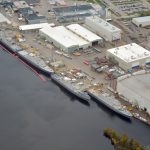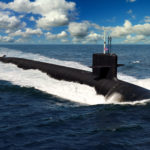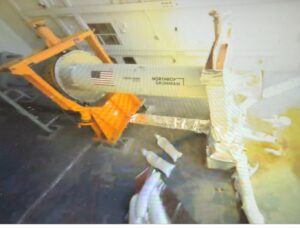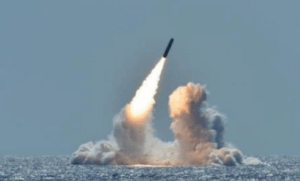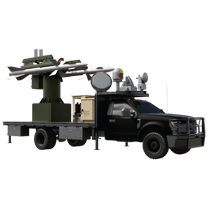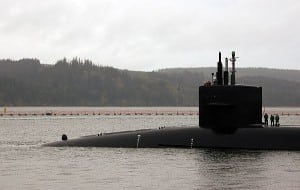
GROTON, Conn. -- While the Navy is seven years away from the planned timeframe to begin construction on the first of a new fleet of ballistic missile submarines, efforts are already under way to prepare the supplier base for the surge in production that will be needed to build the ships. The level of the Navy’s submarine production dropped in the 1990s following the end of the Cold War, resulting in a shrunken supplier base, simply because there was not…


